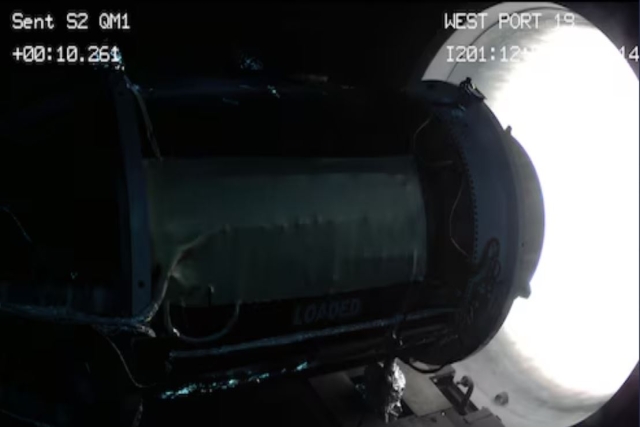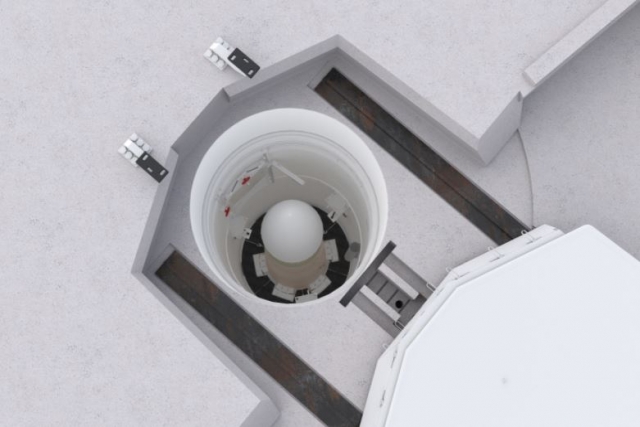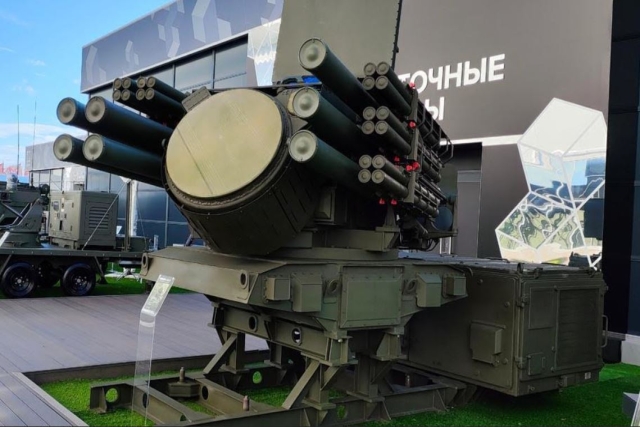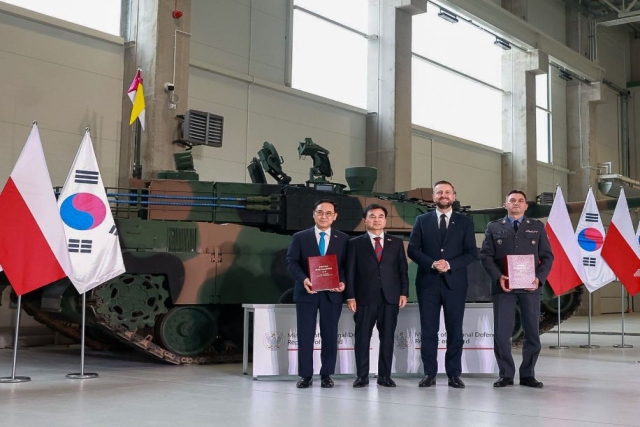U.S. Tests Sentinel ICBM’s Stage-Two Rocket Motor in Vacuum
The test was done in a vacuum chamber to mimic high-altitude conditions and check the rocket’s power, fuel burn, and steering.

The U.S. Air Force and Northrop Grumman have completed a full-scale qualification test of the stage-two solid rocket motor for the LGM-35A Sentinel intercontinental ballistic missile.
Conducted July 20 by the 717th Test Squadron at the Arnold Engineering Development Complex, the test simulated high-altitude conditions in a vacuum chamber and marked a key milestone in efforts to modernize the nation’s land-based nuclear deterrent. Engineers gathered critical data on thrust, burn profile, and steering via the motor’s thrust vector control system.
The stage-two motor is one of three boosters on the Sentinel missile. The test supports design qualification and validates performance models developed digitally. Results will help refine the motor’s design and reduce technical risk before production.
It follows the March test of the stage-one motor at Northrop Grumman’s Promontory, Utah, site, which verified motor performance and model alignment, setting the foundation for further testing.
The Sentinel program’s model-based design allows system simulations while cutting dependence on costly physical prototypes. Stage-two testing will continue throughout the year to assess additional components under varying environmental conditions.












